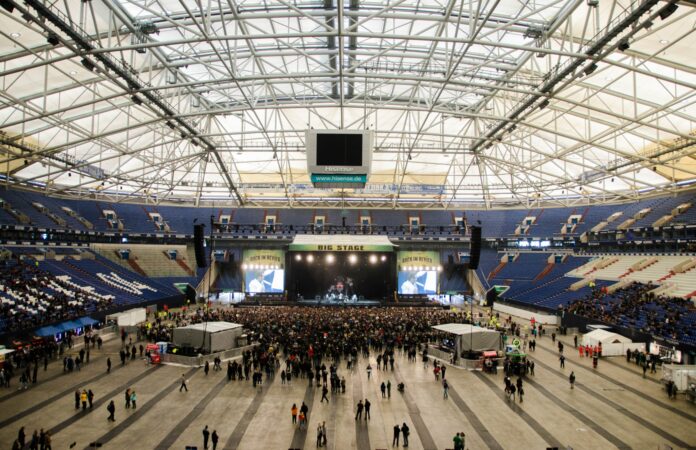Economic headwinds, changing B2B buying behaviors, and fewer resources are some of the critical challenges facing event practitioners in 2023, according to the 3rd annual Events Outlook Report from Splash.
The survey of 670 event marketers and professionals in North America, Europe, and the UK, conducted in late 2022, found that despite 85% of event marketers reporting an increase in their budgets for 2023, they continue to feel stymied by their lack of resources — both human and financial —and the need for technology that better supports their roles and helps them to improve efficiencies.
Those constraints, coupled with an increasingly digital and complex buyer journey and the need to prove events’ impact on the bottom line, drive more event marketers to experiment with different event formats. The everyday event — an event designed to be replicated multiple times across regions, verticals, formats (virtual/hybrid/in-person), and stakeholders — is on the mind of at least one-third of marketers who are refocusing their strategies around these more frequent, scalable events over flagship events, such as conferences and tradeshows.
With a mind to optimizing budgets and doing more with less, event marketers are leveraging the everyday event format to cut through the noise of overcrowded and anonymous experiences and reach their audiences more frequently.
“The last three years have shown that event professionals are a resilient group, remaining agile and experimenting with different opportunities to drive revenue through events,” said Kate Hammitt, Chief Marketing Officer of Splash.
“Our latest research demonstrates that event marketers are, once again, adjusting their strategies to create more connection points with attendees and positively impacting ROI. And, we’re continuing to see evidence that everyday events — at scale— can drive significant financial impact to a company’s sales pipeline year-round.”
Events and experiential programs are vital components of a company’s marketing mix. Yet, the successful execution of events, especially at scale, can be demanding due to limited resources, manual processes, and convoluted technology solutions.
Marketers need technology that makes it easier to create, manage, measure, and replicate events and ensure those events stay on-brand and engage their target audiences.
The 2023 Events Outlook Report shows that 81% of event practitioners would hold more events if they had the right tools. Other report findings show that:
- Everyday events prove their worth: Nearly one-third (27%) of event marketers plan to host 11-20 of these event types.
- Untapped revenue potential: With the majority of events (84%) targeting existing customers, there’s a significant opportunity to expand event programs to bring in new buyers. Substantially fewer than half (41%) of events are directed at the prospective buyer – showing an impressive potential for growth!
- Virtual events are still a paradox: while just 6% of event marketers host only virtual events now, 38% say they are cost-effective.
- Investment in event tech remained largely unchanged from 2021, with half (53%) of event marketers saying their tech budgets stayed the same.
- The event mix is changing: large “flagship” events aren’t going away, but only 13% of marketers say they’re focusing on them in 2023. Instead, more marketers are looking at everyday events to reach their target audience at multiple touchpoints throughout the year
- Metrics matter: and so does having the right attendees; 32% of marketers say this is their most important metric to measure success in 2023, up 6% from 2022.
Event technology continues to be a central component of marketing strategies in 2023, with 81% of event marketers looking for resources that can help them maximize their events’ potential and drive revenues.
Event professionals today are in an ideal position to experiment and learn with the availability of flexible tools that enable them to scale up or down according to ever-changing business goals.
Testing different event formats help uncover what resonates best with audiences, deepening their connection while driving new growth opportunities.














